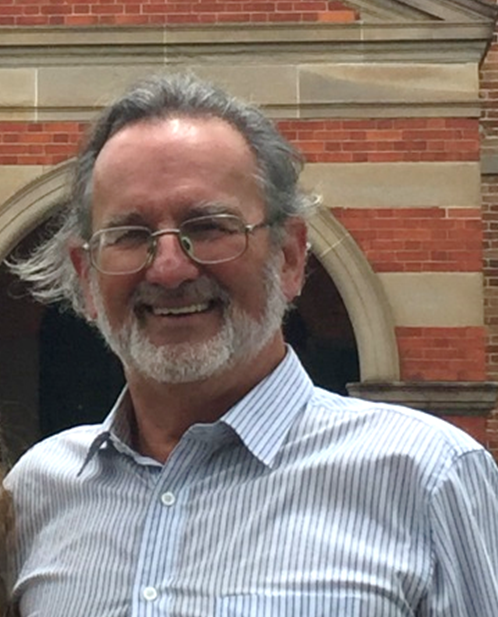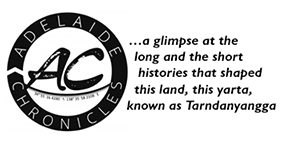
Emilis Prelgauskas
Part 1
A fascinating glimpse into what constitutes a building performance specialist, covering compliance and developers minimalism and much more.
Part 2 Climate change induced disasters, mitigation and in both sprinklings of the early days of Christie Walk.
Emilis is a building performance specialist.
His working life crosses the spectrum of built environment players – small and large development companies, contract work for local and state government, and private clients in his sole practice from 1988 onward. In the lead up to sole pract8ice he was Principal Architect for the City of Adelaide. For 2 decades he was state building energy expert in the state government Building Rules Assessment Commission, and he continues to assess proposals for energy compliance. His last formal appointment beginning in 2009 was as Commissioner of the Environment Resources & Development Court of South Australia for 4 terms ending in 2022. Emilis hasn’t been ‘an architect’ for 30 years.
Emilis received a Full Blue at Adelaide University, was raised to RAIA Fellow status in 2012, and was a finalist in Citizen of the Year award for the Rural City of Murray Bridge in 2018.
He has had blind refereed papers on built environment sustainability (Environment Design Guide [EDGe], AGO Your Home manual, chapters in books including Michael Mobbs’ Sustainable House and Nick Hollo’s Warm House – Cool House) published.
In 2009 he co-drove the first production full electric Tesla in Australia from Darwin to Adelaide as part of the Global Green Challenge, including the single day record distance set between Alice Springs to Coober Pedy, scoring equivalent 1.6 litres/100km energy use.
In 1983 his family bought land at Monarto, where Emilis continues to do environment restoration work in the area, acknowledged by Eco-business and revegetation awards. He is public officer of the Monarto Residents Association Inc.
The Monarto cottage he built started his building project series emphasising low energy demand, self sufficiency and low environmental impact during their build-operation-and later dismantling.
Utilising the passive principles for free running buildings he contributes to (EDGe Notes DES20, DES59, etc.) integrated with low demand services (energy, water, waste, comms) and occupant control systems where buildings can operate at 1/5th demand in comparison to minimum compliance standard builds.
This interview was recorded at Christie Walk and along with Dr Paul Downton and the late Cherie Hoyle, Emilis was instrumental in the 1990s in the realisation of Christie Walk on the ground.
He says “Paul & Cherie led an ever larger and diverse design team of both established professionals of all kinds plus interns of students from each of the Adelaide centred universities.
The multiple concurrent projects included — overseas ‘ ongoing conversations’ including;
Richard Register of US Eco City Builders and others.
– interstate outreaches via universities and likeminded groups
– detailing the proposal for the Halifax Council depot site,
– a hinterland village near Rockleigh
– the Whyalla eco project
– a ‘futures Adelaide’ mapping project anticipating sea level rise and the Adelaide Plains being settled as complementary/competing eco-cities of about 50,000 population each which required fine grained planning and thinking.
My own involvement within that vibrant humanity was broadly in the –
– taking part in operation of the UEA office
– input to the UEA Board deliberations
– developing building/services detailing, drawing on in-field experience in my single housing projects.

